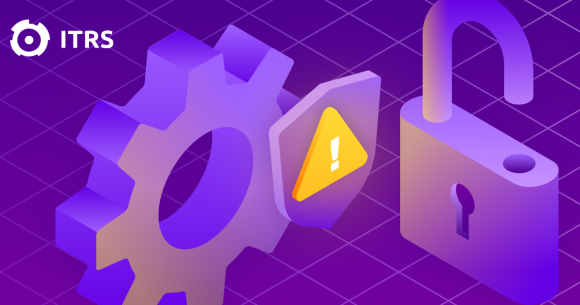Hybrid IT: A view of the future for monitoring
In 2022, more organizations moved towards hybrid IT for on-premises and cloud, but there are many who are still lacking the necessary knowledge and tools to achieve the right blend of services.
Much is required of financial trading organizations today, with a need to optimize their profitability per transaction, plus be able to adjust on-the-fly to demand. Neither on-premises servers nor cloud computing can do both by themselves, leaving one alternative - the hybrid IT model, combining the benefits and capabilities of both platforms.
The hybrid IT model not only blends the two platforms, but also increases the ease by which you can migrate from an on-premises estate to one based primarily on cloud computing, letting you do it gradually and more safely, checking one each element at a time, compared to a bulk move. It is an approach needed to handle ever-expanding demands of things like employees that work from home; letting them do business from anywhere in the world, in any given environment, in a safe manner.
Risks and rewards
The hybrid IT model’s benefits can be seen in the number of companies that have adopted it recently; 82% globally. However, there are potential risks that can occur with such a migration. It is all too easy for businesses to spread themselves thinly, unable to keep track of an entire IT estate, making it extremely difficult to guarantee operational resilience. Not to mention the cost of such an endeavor, a factor often overlooked at the outset.
Risks:
• Many companies have fallen into the trap of over-sizing their cloud-estates to avoid running out of capacity. Whilst this can work fine for an on-premises estate, in an environment based on cloud computing it is unnecessarily wasteful. And it is no small amount of wasted money: The number of firms spending at least $12 million on cloud computing annually nearly doubled over the course of the last fiscal year, with an entire 30% of the capacity acquired wasted.
• Of course, the alternative is not an option – having only the absolute minimum in a bid to save money. A lack of capacity planning can lead to bottlenecks and outages, a potentially disastrous fate for any business.
Strategic hybrid
Today it is more important than ever that businesses configure their hybrid estates strategically and find how best to optimize them. A large part of this can be found in the automation of the IT estate’s management and monitoring processes, thereby both freeing up time for employees and improving the accuracy of their systems. And, after introduction of operational resilience mandates across the UK and EU, it will soon become necessary that to comply with such measures to meet the standards required. There is no better time than now to begin that transition.
Today, there are several unified capacity management tools that aid in this analysis and automation, those available as software as a service (SaaS) are particularly attractive, due to their ability to be tailored specifically to each business. Having a single pane-of-glass method of monitoring can give them needed observability to immediately understand the capacity of their estates and the source of any potential issues that might arise.
No more can businesses work solely with separate, individual monitoring solutions for each potential issue. With the ever-growing complexity of these operating systems, systems, and the blending between two already complicated platforms, observability is critical in order to gain the most from them, and mitigate a businesses’ downtime. End-to-end observability is the goal.
Learn more about ITRS Capacity Planner
This article originally appeared in Finance Direct.




